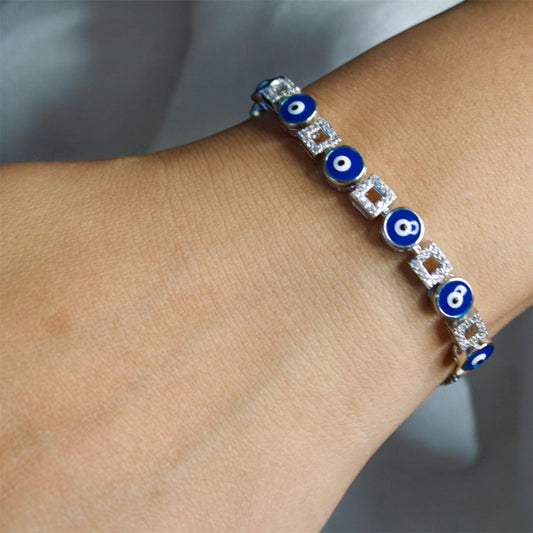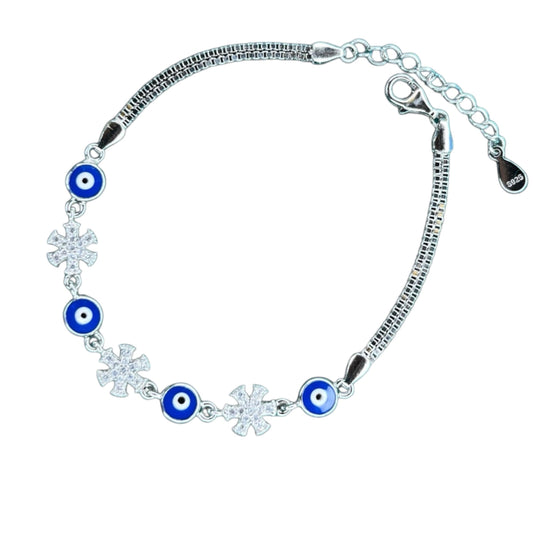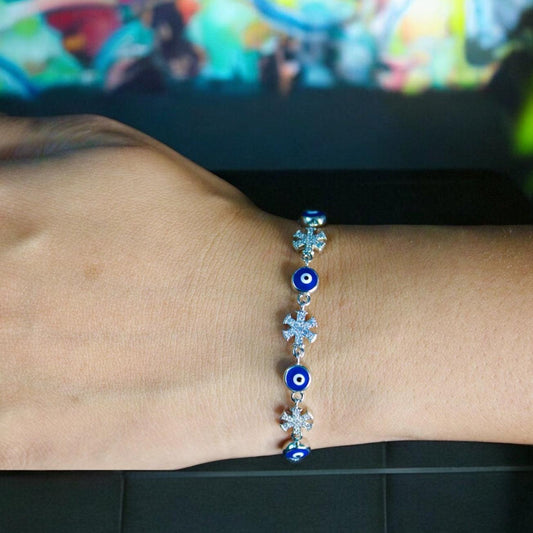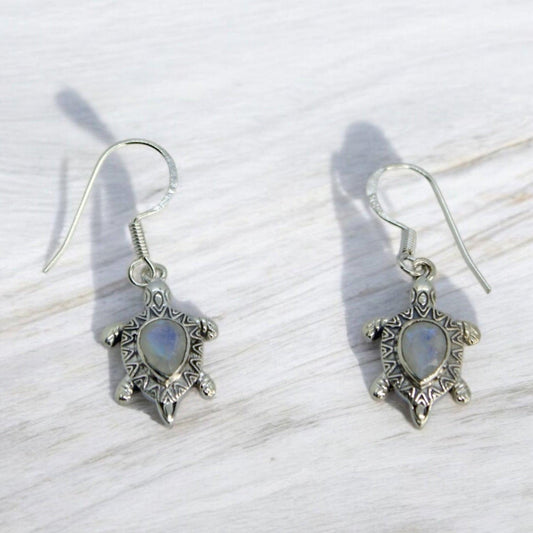
How AI Has Changed Jewellery Photography
Share
In the ever-evolving world of fashion and luxury, the jewellery industry has witnessed a remarkable transformation in recent years, not just in design and marketing but also in how jewellery is photographed and presented. One of the biggest game-changers in this realm has been Artificial Intelligence (AI). From virtual try-ons to photorealistic image enhancements, AI is revolutionizing jewellery photography in ways that were once unimaginable.
Let’s explore how AI is reshaping the art and business of jewellery photography.
1. Hyper-Realistic Image Generation
Jewellery photography has always required a keen eye for detail. Capturing the brilliance of diamonds, the lustre of gold, or the delicacy of filigree work demands not just high-end equipment, but also skilled post-production. AI tools now offer the ability to enhance and even generate hyper-realistic jewellery images without a physical photoshoot.
By using AI-powered rendering software, brands can now create lifelike images of their jewellery designs directly from 3D models. This technology eliminates the need for physical samples in many cases, allowing designers to market pieces before they are even manufactured. It’s fast, cost-effective, and visually flawless.
2. Automated Background Removal and Editing
One of the most time-consuming aspects of jewellery photography is the post-editing process, especially background removal. Traditional methods often involve manual masking using Photoshop, which can be tedious and prone to inconsistencies.
AI-driven editing platforms like Remove.bg and Canva’s AI photo editor can now instantly remove backgrounds with high accuracy, preserving fine details like chains, prongs, and reflections. Additionally, AI can suggest lighting corrections, sharpen gemstone facets, and balance colors to achieve the perfect shot with minimal manual input.
3. Virtual Try-On and AR Integration
Augmented Reality (AR) powered by AI has brought jewellery photography into the hands of consumers—literally. Virtual try-on experiences now allow customers to see how a ring looks on their finger or how a necklace complements their neckline through their smartphones or webcams.
Behind the scenes, AI algorithms analyze hand positions, skin tones, and lighting conditions to seamlessly integrate digital jewellery over real-time video feeds. This not only enhances the shopping experience but also reduces the need for exhaustive model photography sessions.
Brands like Kendra Scott and Tanishq are already leveraging AI-powered AR to offer try-on options directly from their websites or apps. This shift redefines how jewellery photography is used—not just for display but for real-time interaction.
4. Smart Curation and Image Tagging
Another subtle yet powerful way AI is influencing jewellery photography is through smart curation and image tagging. AI can automatically analyze a jewellery photo and identify key attributes such as gemstone type, metal color, style (e.g., vintage, boho, minimalist), and even mood or aesthetic.
This metadata is crucial for ecommerce platforms. By auto-tagging and organizing thousands of product photos, AI enables better searchability, product recommendations, and personalized browsing experiences. It also makes the entire inventory more discoverable on platforms like Google Shopping, Pinterest, and Instagram.
5. Consistency Across Product Lines
In branding, consistency is everything. AI ensures that all product images maintain uniform lighting, angles, background styles, and image resolutions. This is especially important for online jewellery retailers who display hundreds of SKUs.
AI-based tools like Pixelcut and Photoroom help create branded templates that ensure each photo adheres to predefined aesthetics. Whether it's the subtle drop shadow, soft lighting, or zoom level, AI takes over repetitive editing tasks to maintain brand identity without the need for human intervention every step of the way.
6. Reducing the Need for Physical Photoshoots
Traditionally, photographing jewellery involved extensive studio setups with macro lenses, lightboxes, props, and professional photographers. AI is now drastically reducing that dependency.
With tools like generative AI (e.g., DALL·E or Midjourney), designers can generate contextually rich lifestyle images where jewellery is shown being worn or styled, all without a model or camera. This not only reduces cost but also increases flexibility in visual storytelling. For seasonal campaigns, AI-generated images can show jewellery worn in different environments—beach scenes, winter holidays, or romantic candlelight dinners—without ever leaving the office.
7. Improving Conversion Rates with Better Images
Studies show that high-quality visuals significantly increase conversion rates in ecommerce. AI-enhanced images have better clarity, more appealing color grading, and improved focus on key product features—all of which boost buyer confidence.
For example, tools like Adobe Firefly or Luminar AI analyze product images and suggest enhancements tailored to ecommerce needs. These improvements are not just cosmetic—they are strategic, optimizing images for maximum visual impact across different platforms and screen sizes.
8. Ethical and Sustainable Photography
AI also contributes to more sustainable business practices. By reducing the need for extensive travel, physical props, and energy-hungry studio lighting, AI-led digital imaging can lower the carbon footprint of jewellery brands.
Moreover, virtual prototypes and renders mean fewer samples need to be created and discarded, aligning with the growing consumer demand for environmentally responsible brands.
Final Thoughts
AI has not replaced the artistic eye behind jewellery photography—but it has amplified it. From ideation to execution, AI empowers designers, marketers, and photographers to work smarter, faster, and more creatively. It has democratized high-end photography, allowing even small businesses and independent jewellers to compete with luxury giants in visual presentation.
As AI continues to evolve, we can expect even more intuitive tools, perhaps even personalized photoshoots driven by user preferences or AI stylists. The sparkle of a gem may still be timeless, but the way we capture that sparkle is entering an exciting new age—shaped by the brilliance of artificial intelligence.











